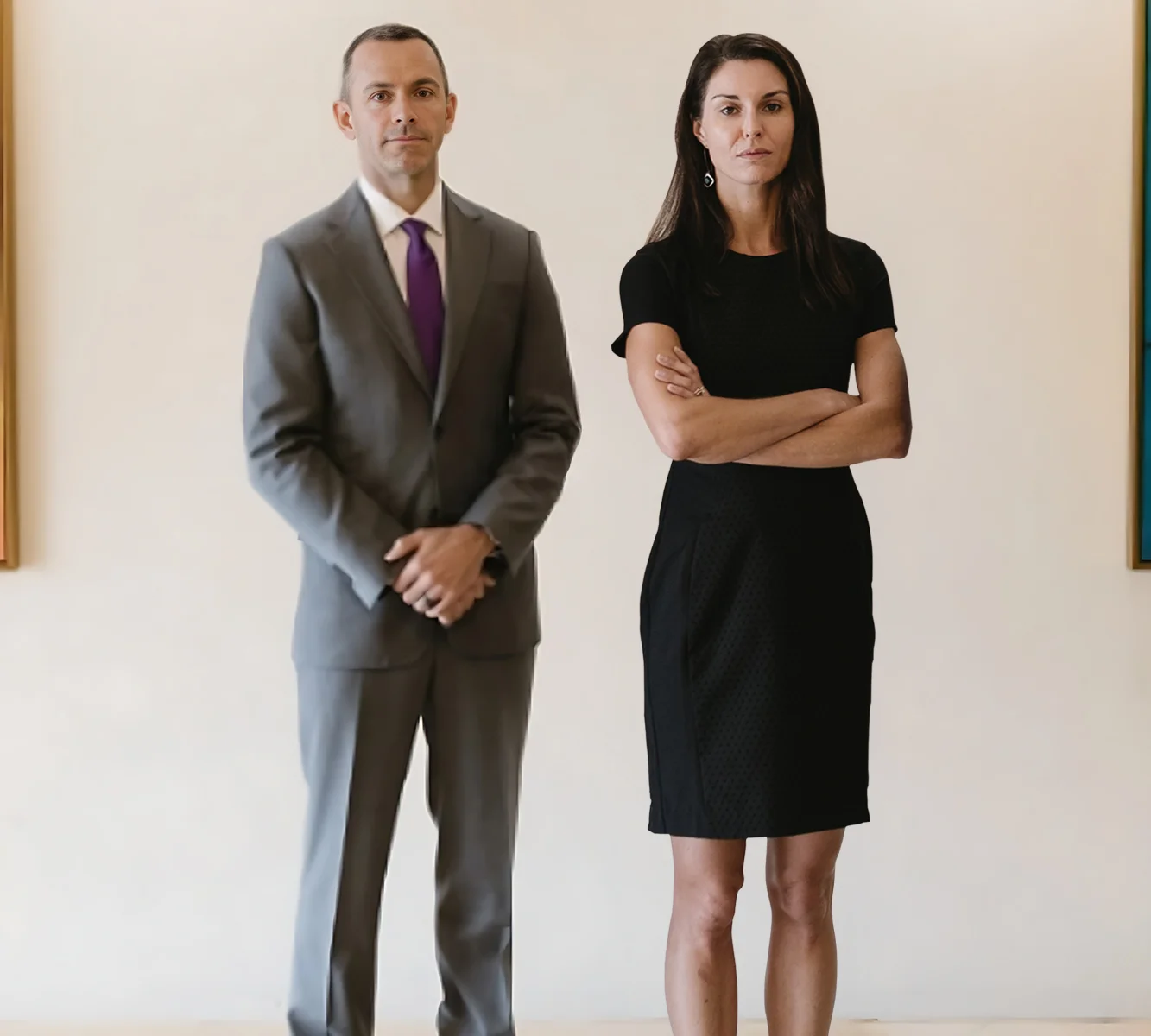Fort Myers Injury Lawyer Warns of Florida Golf Cart Owner Liability
Golf cart owners in Florida, listen up! You could be held legally responsible if someone is hurt in a golf cart accident involving your golf cart, even if you weren’t the one operating it. As a Fort Myers injury lawyer can explain, you have a duty as the owner of that golf cart to avoid…




